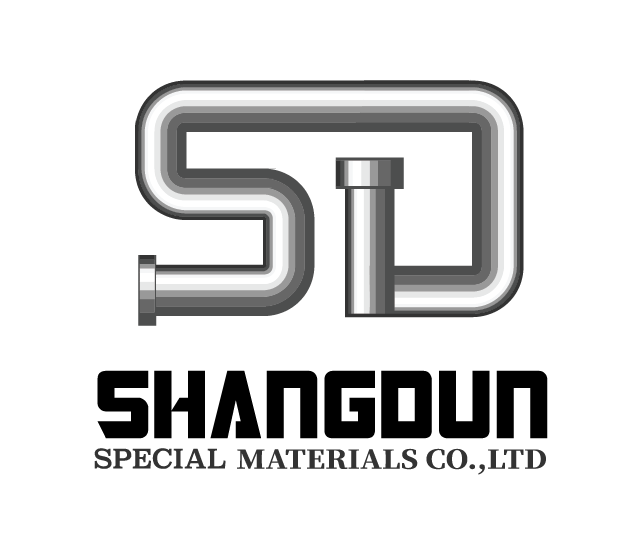The typical representative of Ni-Mo alloy is Hastelloy B with 28% Mo. Since its application in the industry in 1929, its weldment has appeared near the weld seam. J mouth corrosion, and intergranular corrosion in the heat affected zone (HAZ). The phenomenon of welding deterioration seriously affects the normal use of the alloy. In order to restore the corrosion resistance of the alloy, the weldment must be treated with a high temperature solution, which is not possible for large parts. An in-depth study of this phenomenon of weld degradation indicates that this alloy has two sensitized zones, namely a high-temperature sensitized zone at 1200-1300°C and a medium-temperature-sensitized zone at 600-900°C, when the alloy passes through these two sensitizations. At the time of zone, not only intergranular corrosion but also hardness increases.In-depth studies have shown that the changes in the properties of the alloy are three and are closely related to the deposition behavior in the sensitization process. In the high-temperature sensitized zone above 1250°C, the precipitated phase consists of Mo2C, M6C carbides, and a-phase. Mo2C occupies a dominant position. These phases all have higher molybdenum content. Their precipitation along the grain boundary inevitably leads to their vicinity. The severely depleted, depleted zone along the grain boundary molybdenum is the main cause of the 9-site corrosion of early Ni-Mo alloys (Hase-telloy B). Sensitized in the middle temperature region of 500 – 900°C, the precipitation phase of the alloy is composed of carbides such as M6C, M2C, and ordered intermetallic phases of Ni3Mo, Ni4Mo. In the carbides Mo6C dominates, in the intermetallic phase, it is higher than 850°C is Ni:Mo and on the low temperature side is Ni4Mo. These high-molybdenum-conducting states are Ni3Mo above 850°C in the intermetallic phase and Ni4Mo at the low-temperature side. The molybdenum-deficient channels caused by the precipitation of these high-molybdenum carbides and intermetallic phases along the grain boundary are the root cause of intergranular corrosion in the heat-affected zone of the Ni-Mo alloy weldment.
In order to solve the edge erosion of Hastelloy-B alloy, 15% V Ni-Mo alloys, Hastelloy B-282 and Corrone, appeared in 1959, and its edge erosion resistance was indeed better than that of Hastelloy B, but This type of corrosion is not immune, and the corrosion resistance of the Ni-Mo alloy matrix containing 2%v has been confirmed to be degraded by hydrochloric acid. Therefore, V-containing alloys have not been widely used. The Hastelloy B-2, a low-carbon, low-iron, low-silicon, high-purity Ni-Mo alloy that was born in the 1970s, did not show any tendency for intergranular corrosion and edge erosion, and was successfully applied in practical engineering. However, this high-purity alloy has poor thermal stability and is sensitive to the precipitation of ordered Ni4 Mo. It not only generates cracks and decreases the plastic toughness after hot working and welding, but also has a significant reduction in corrosion resistance. Therefore, the heat stability of the alloy is improved. As the main target, the content of chromium and iron in the alloy was adjusted to produce a new generation of Ni-Mo alloy Hastelloy B-3 and Hastelloy B-4. Detailed technical data will be given in the Ni-Mo alloy system.
Leave Your Message
Post time: Jun-05-2018




